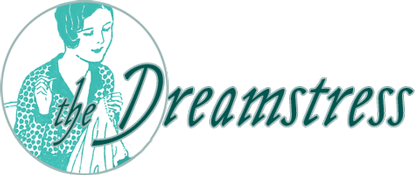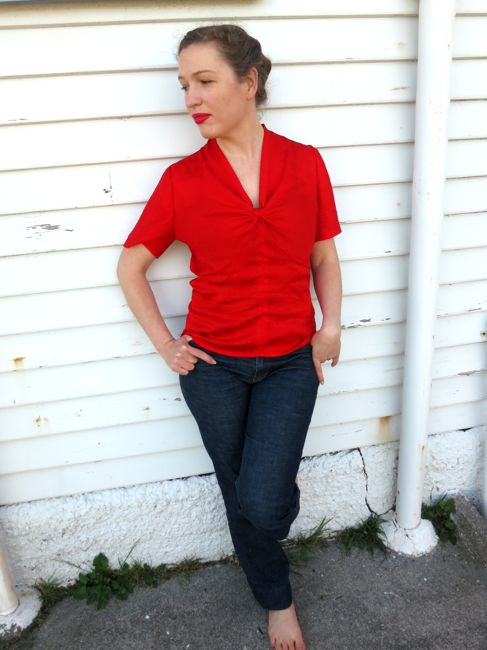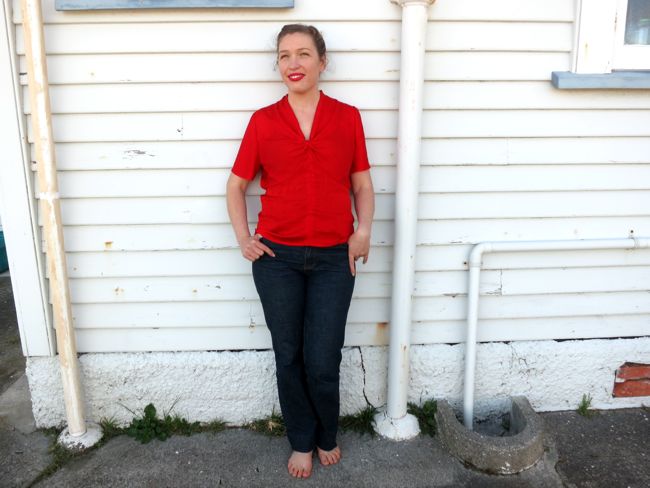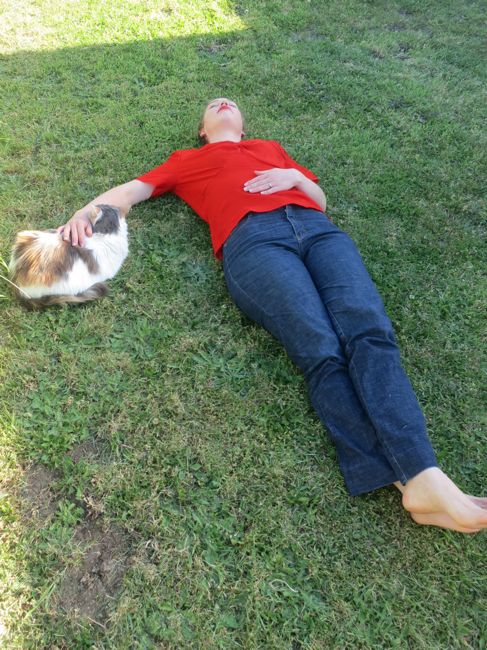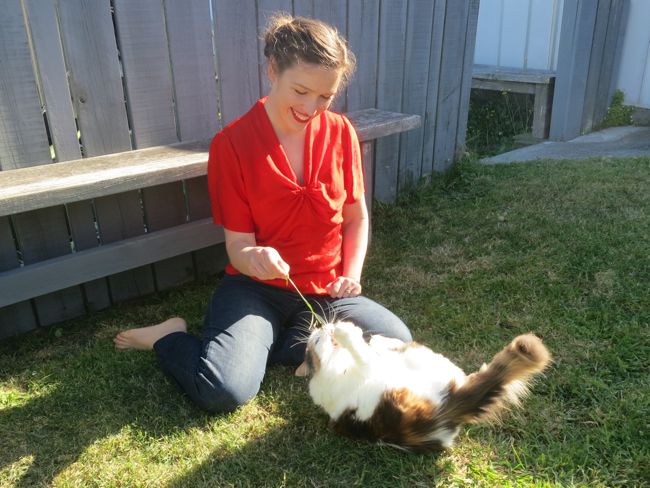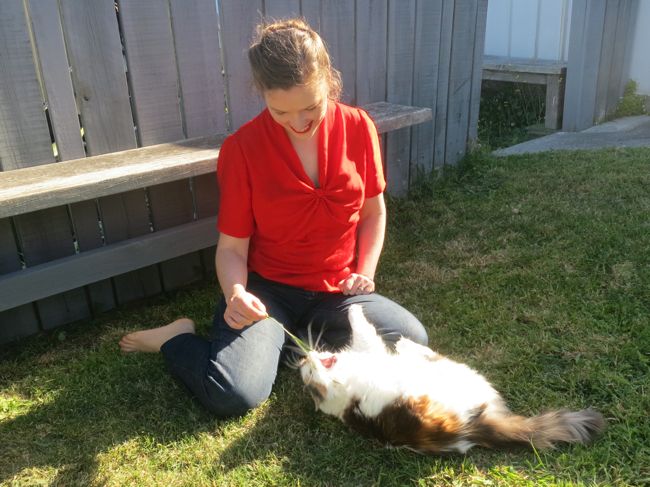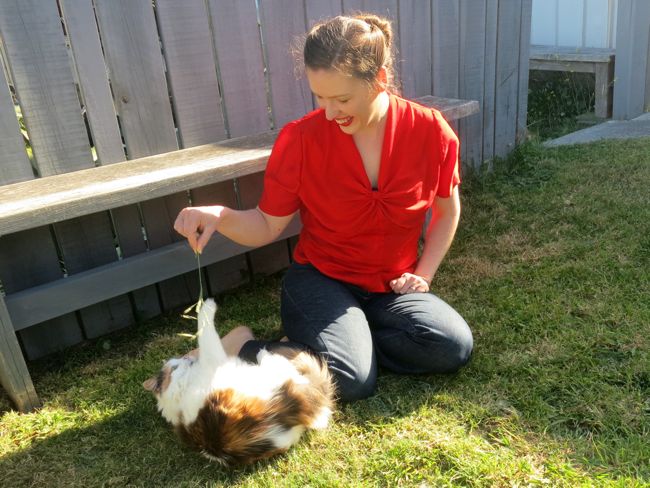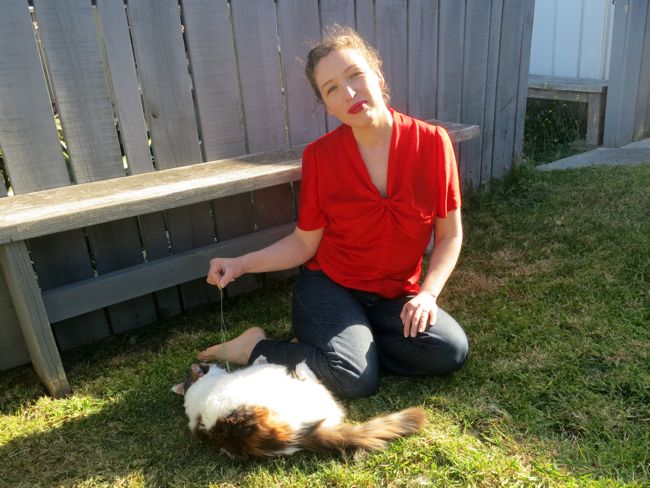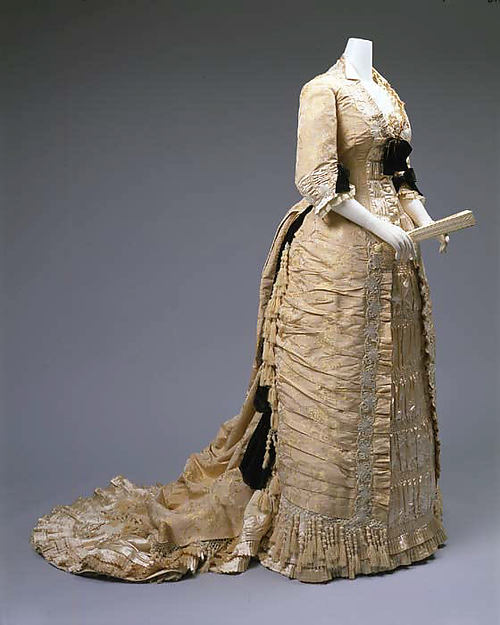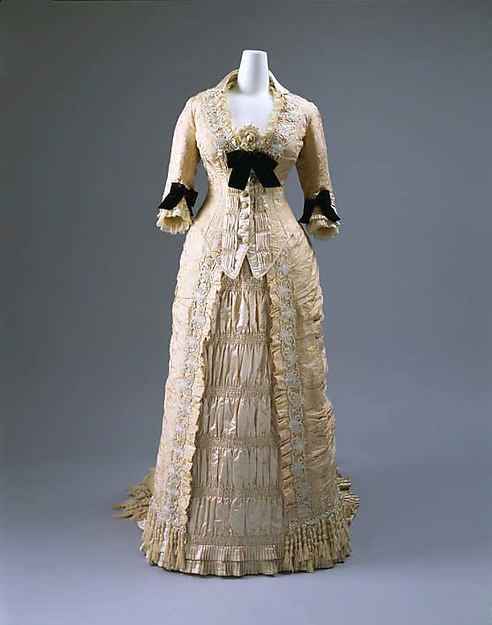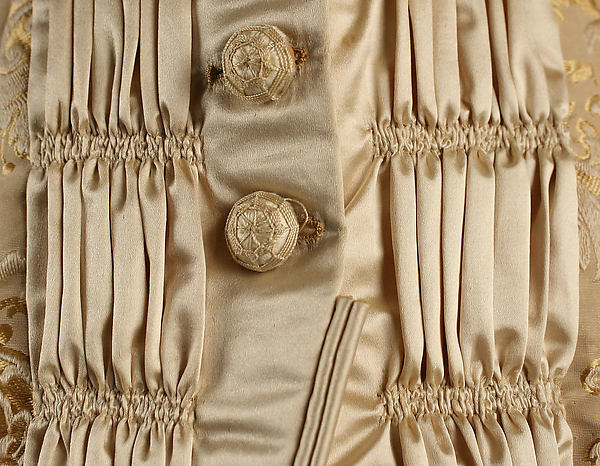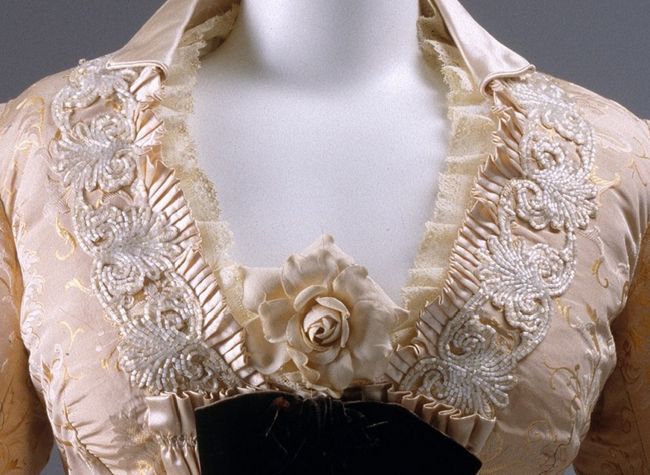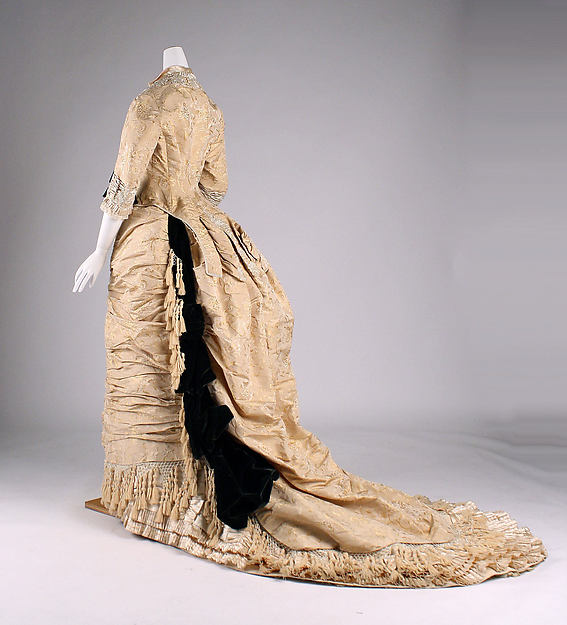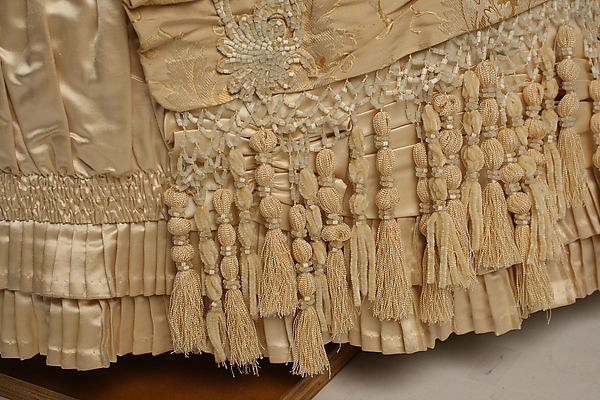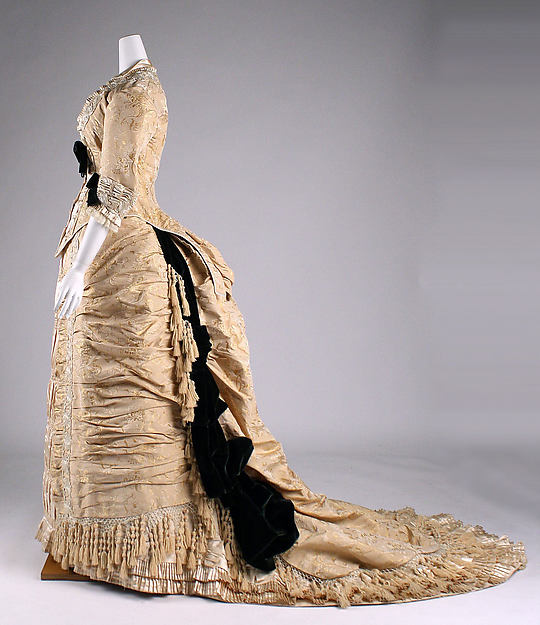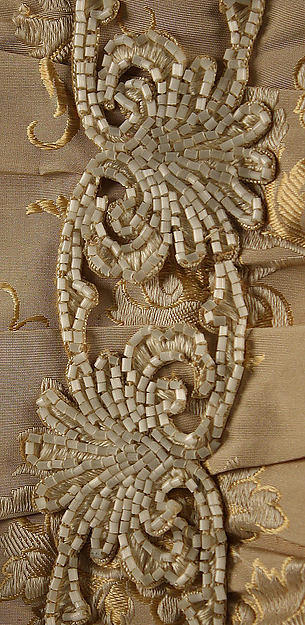So, that time of year has come. We’re almost at the end of HSF 2014, and are thinking about the new years sewing. People have been asking if there will be a HSF 2015.
The answer is, I don’t know.
I’m tired.
Running the HSF is a lot of work. There is the stuff on my page: writing the challenges, the page, answering questions. Writing inspiration posts. Organizing voting for the HSF Choice Challenge. Favourites posts (which I am ridiculously behind on). Just compiling the list of contributors takes hours and hours – and then half of the list turns out to be bloggers who do one project and then loose interest. And then there is the Facebook group: keeping spammers out, folders and events up, and information updated in the files. Plus the occasional squabble. The only reason I’ve survived the FB page at all is the fantastic Sarah of A Most Peculiar Mademoiselle and equally fantastic Elizabeth of Sewing & Sightseeing, who have been co-moderating.
All of these things mean I’m not writing posts I really want to write (like Terminology posts), and not sewing things I really want to sew (like 14th century, and a robe de cour). And not spending time with my husband and doing up our house.
So I’m a little exhausted, and a little disillusioned. I can see why Mena just abandoned the Sew Weekly after three years. You burn out.
On the other hand, there are lots of amazing things that have come out of the HSF. Fabulous creations, wonderful people, knowledge…
And there are still challenges that I want to do.
So here are some questions:
Do you want a HSF ’15? Are you committed to throwing yourself into another year of challenges and sewing?
What did you like about HSF ’14 (or HSF ’13), and what would you like to be different in HSF ’15?
How could the HSF be changed to make it easier and less time consuming for me?
